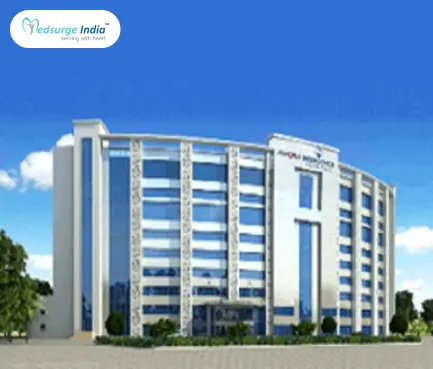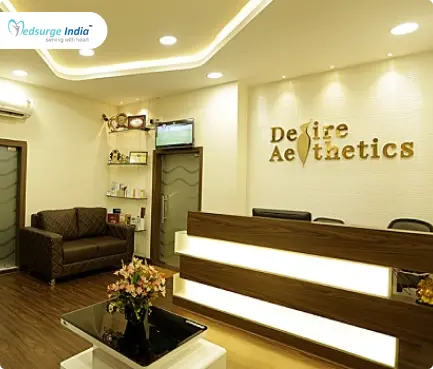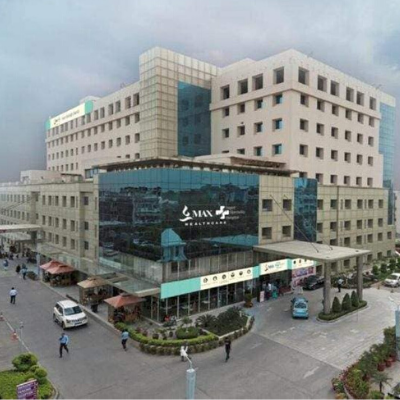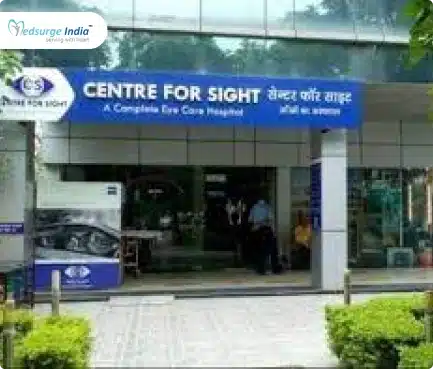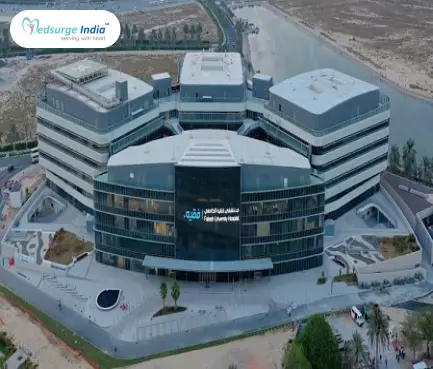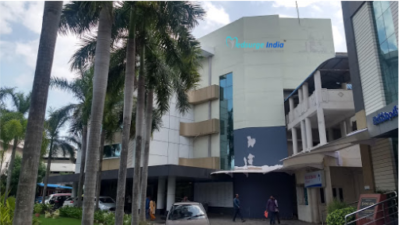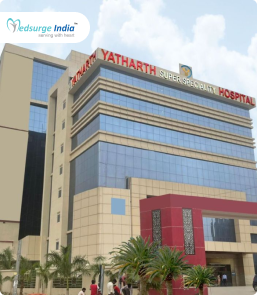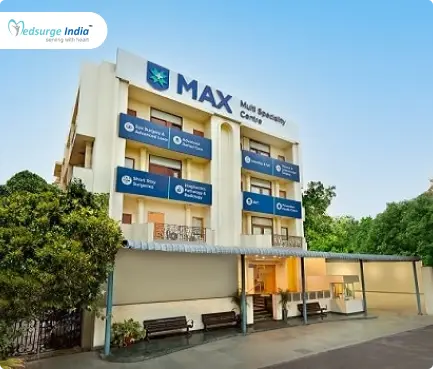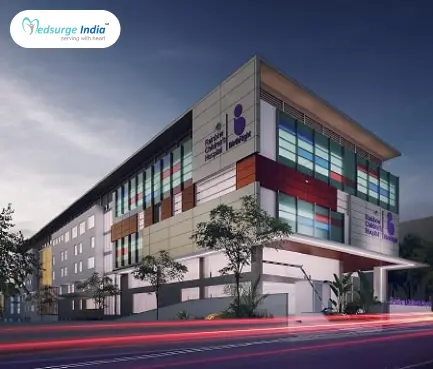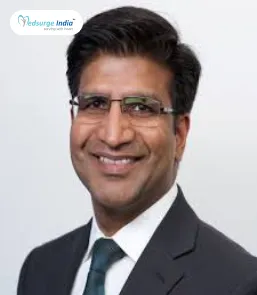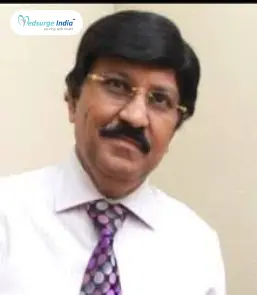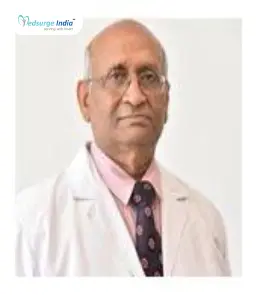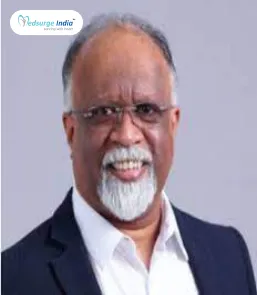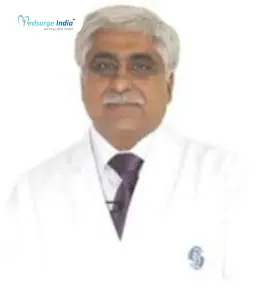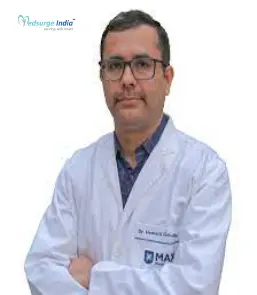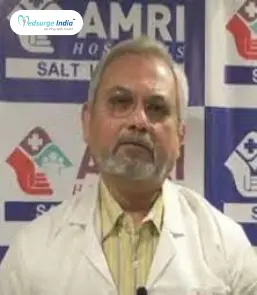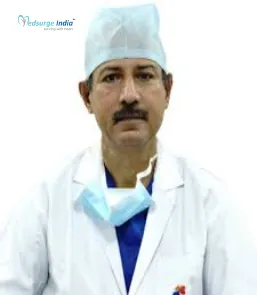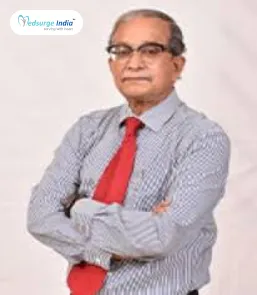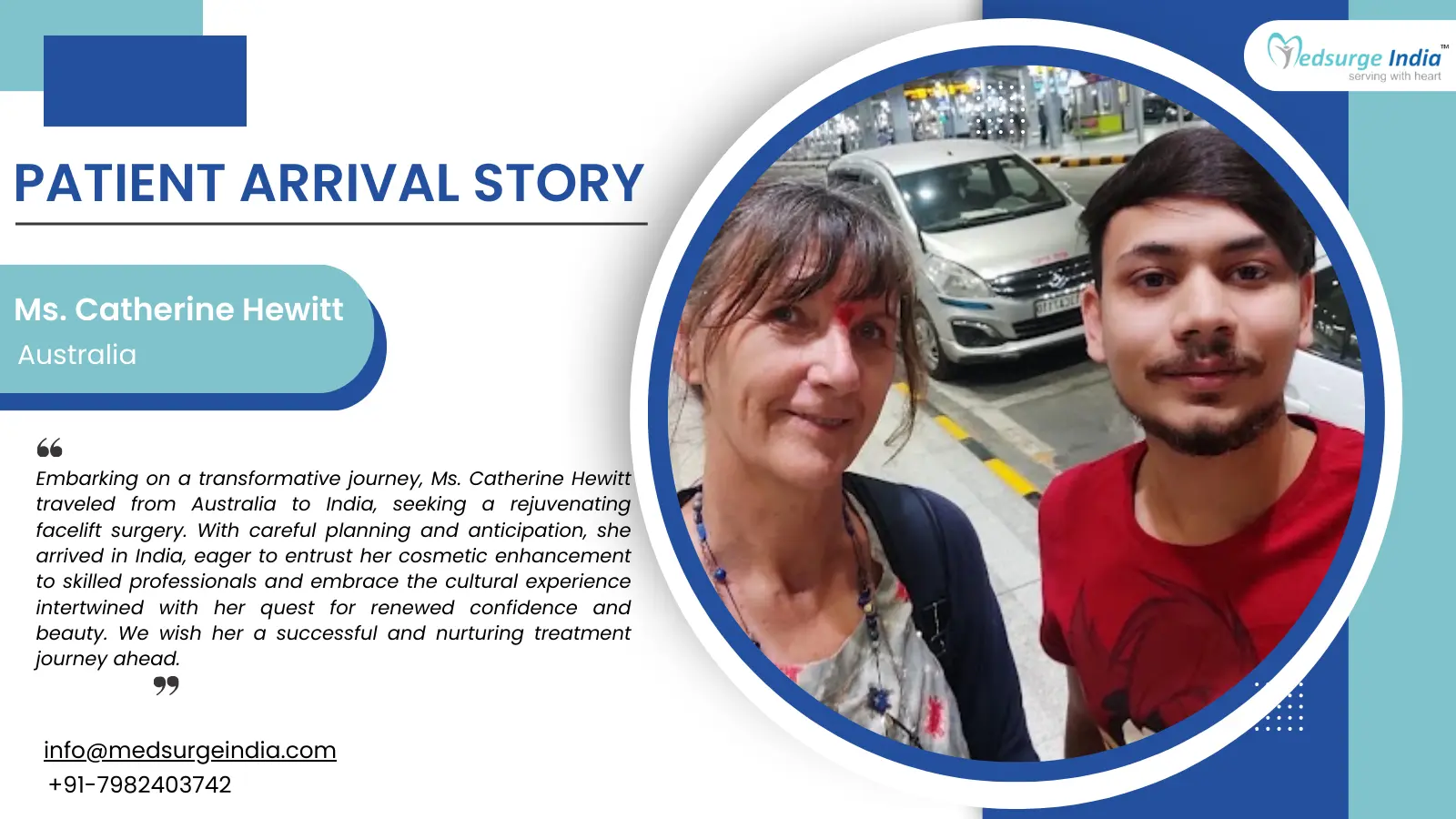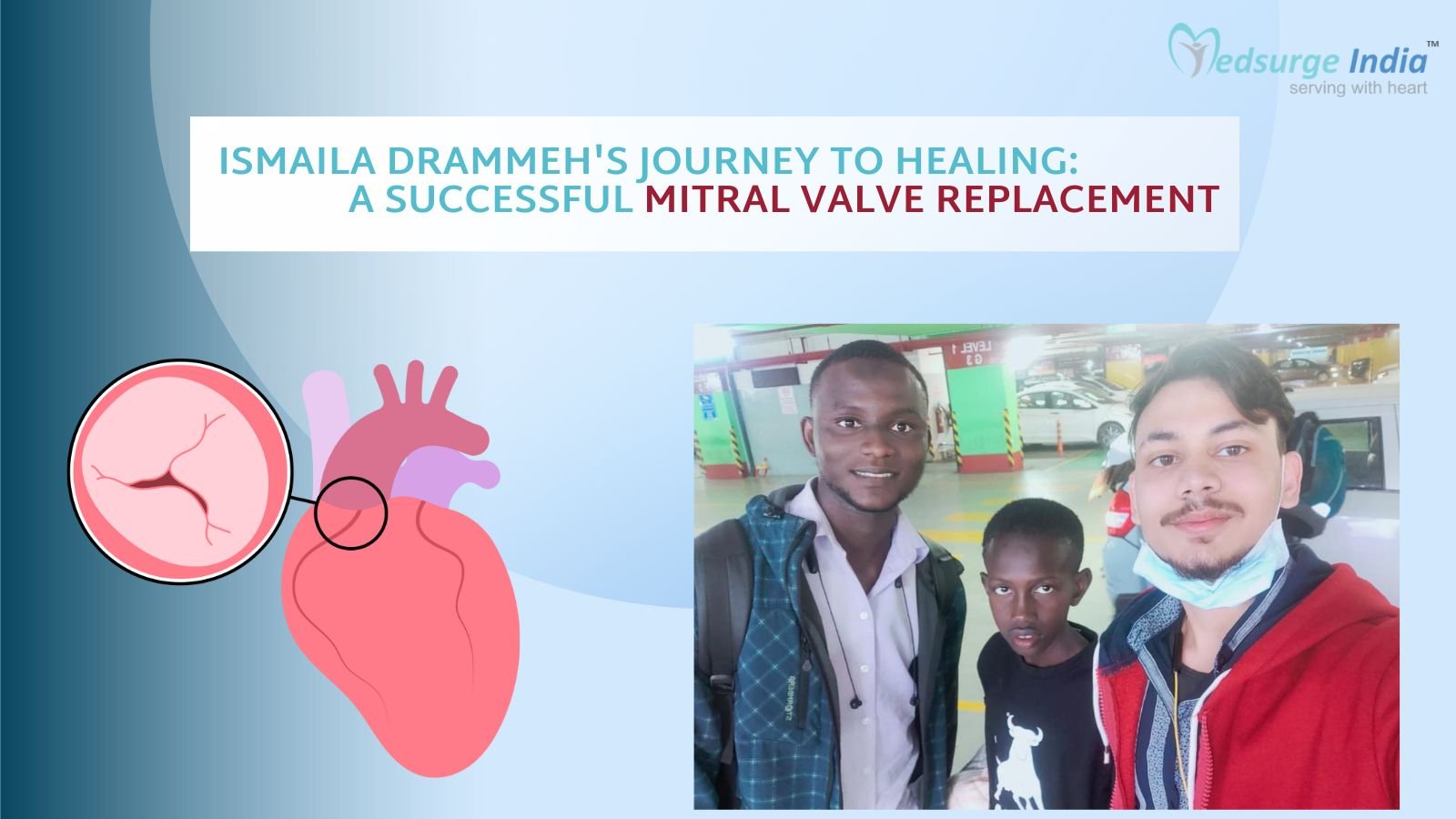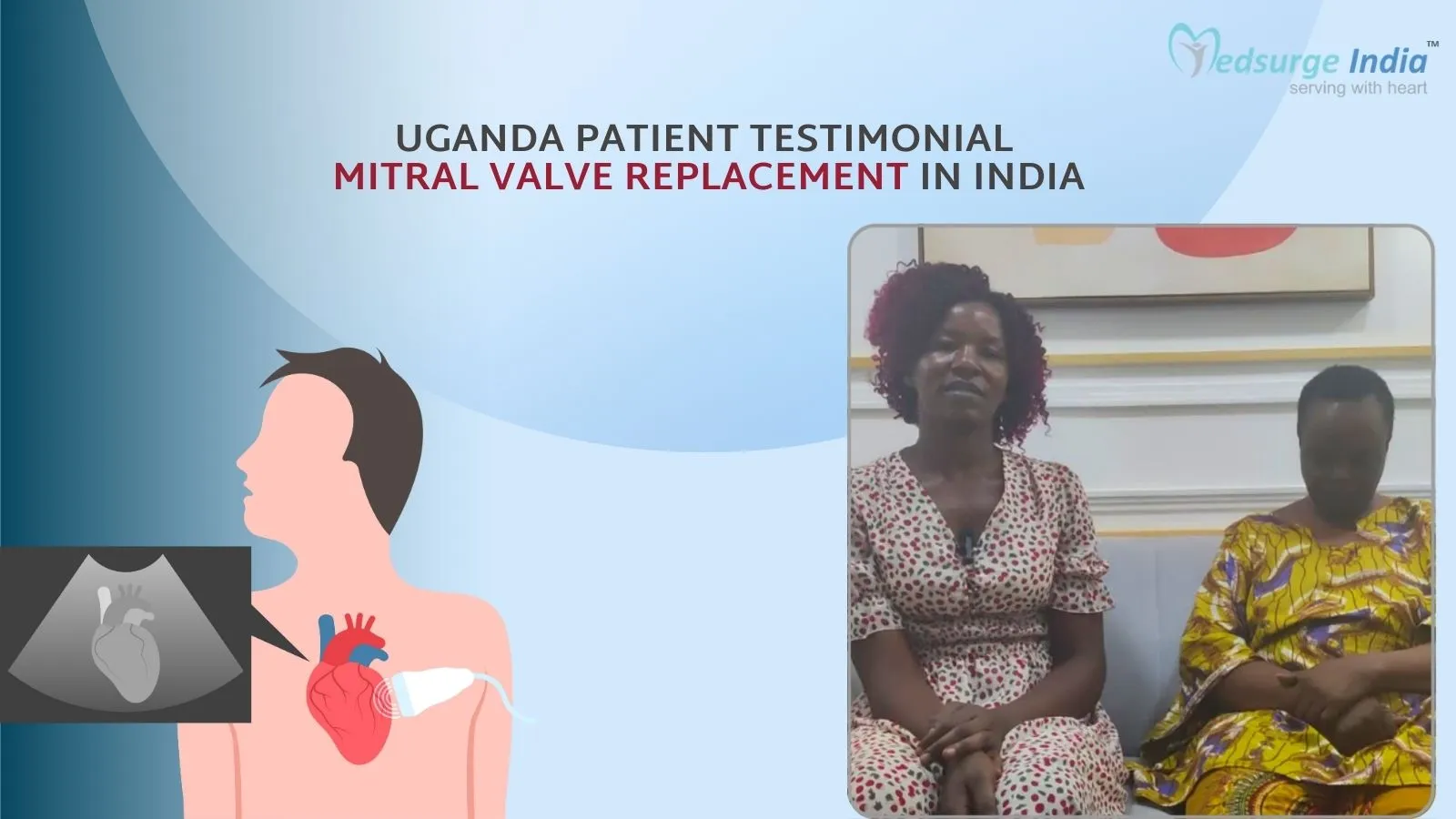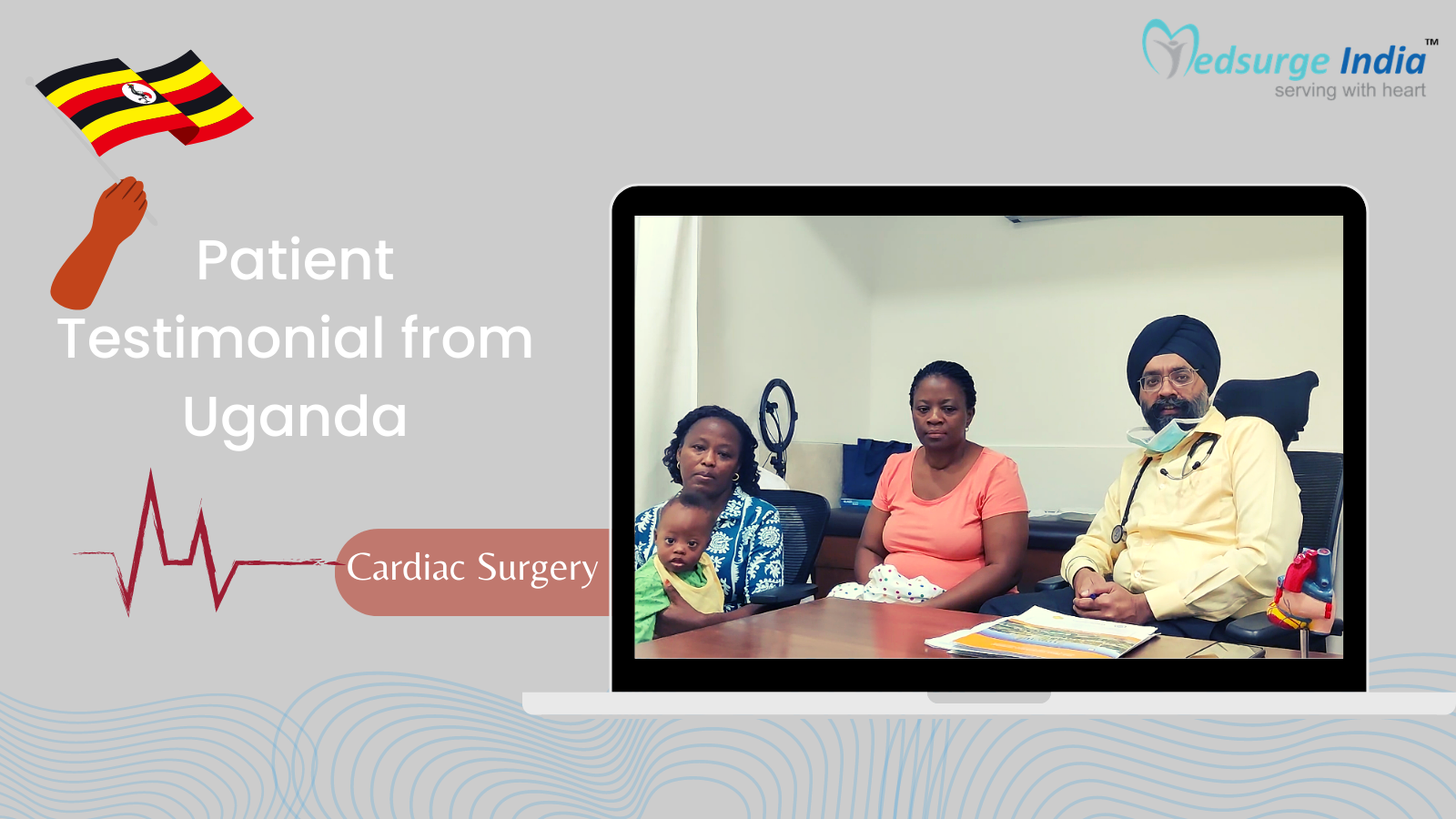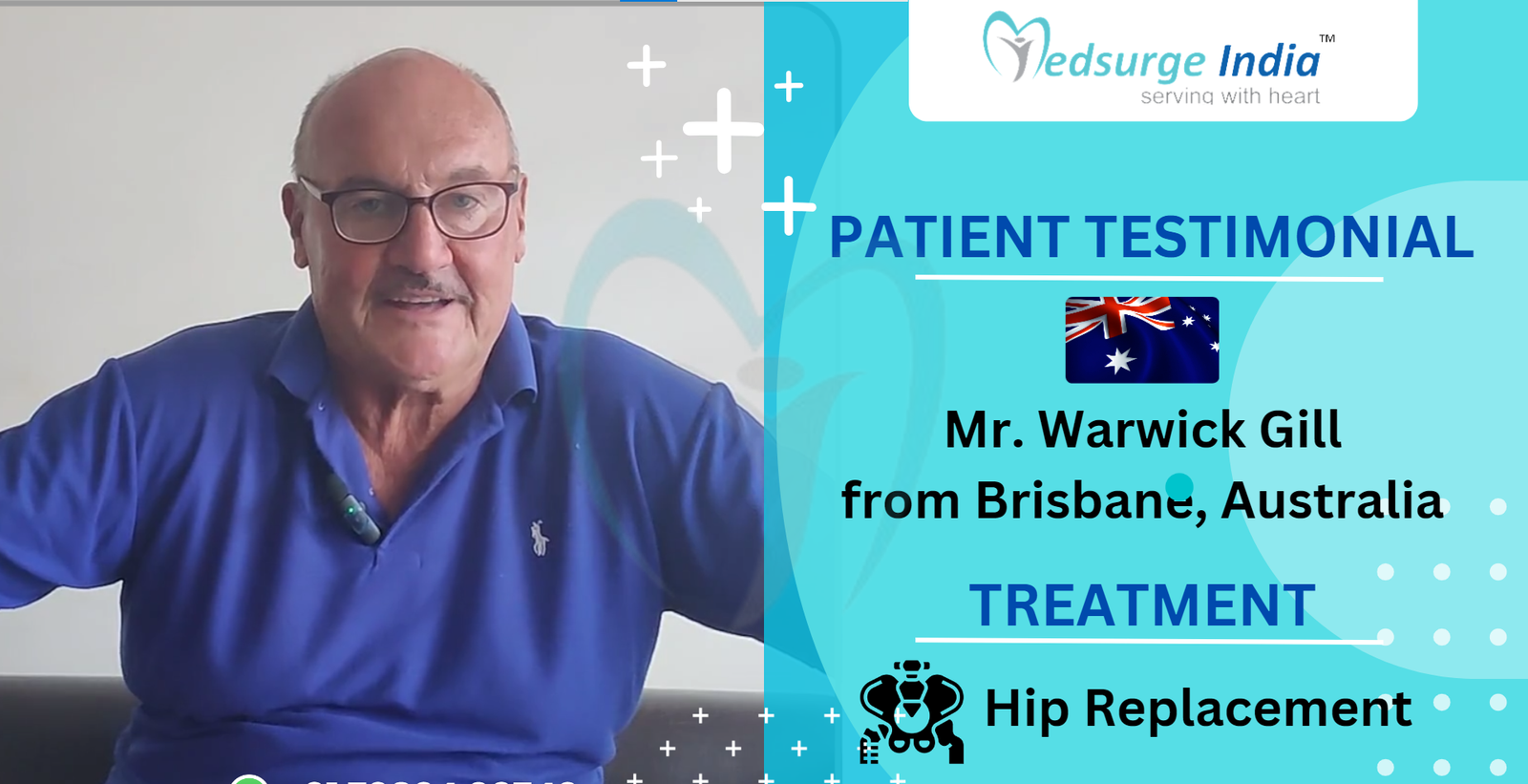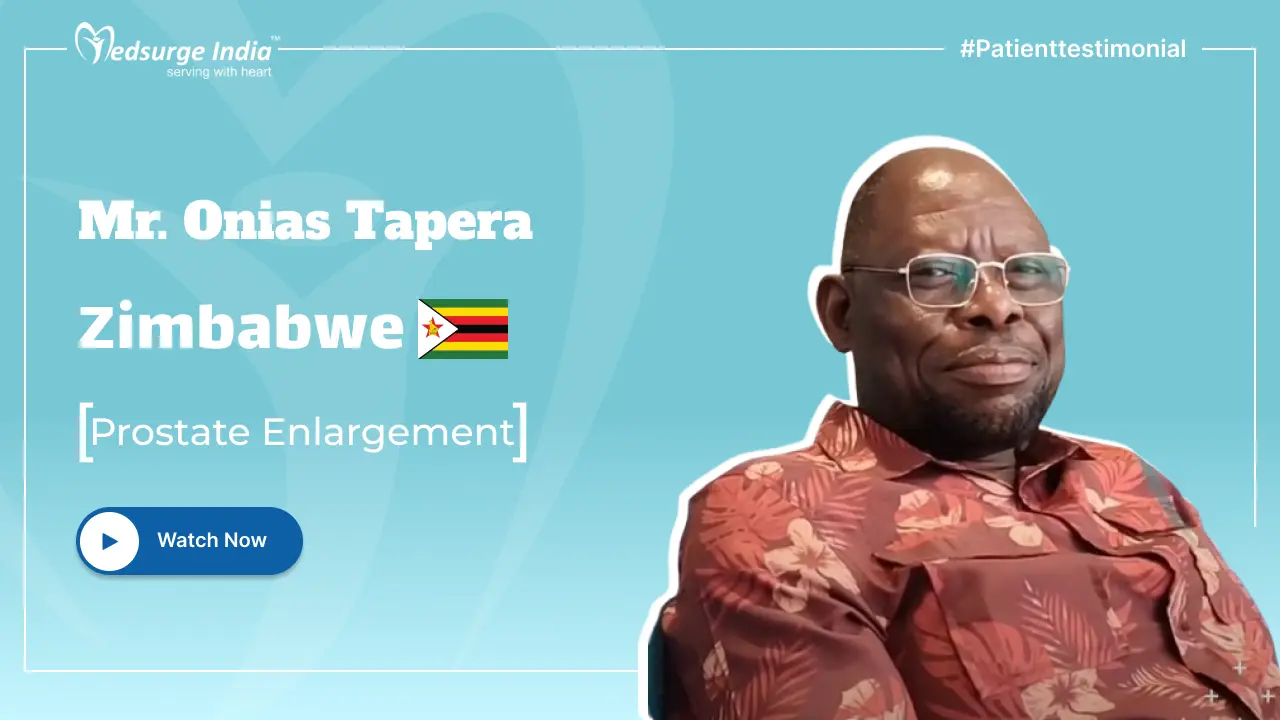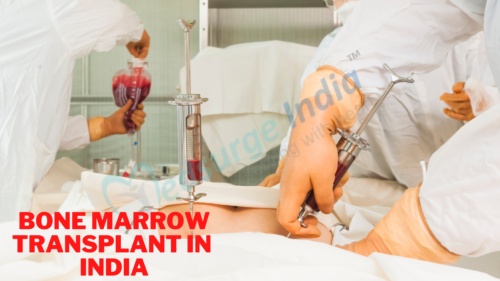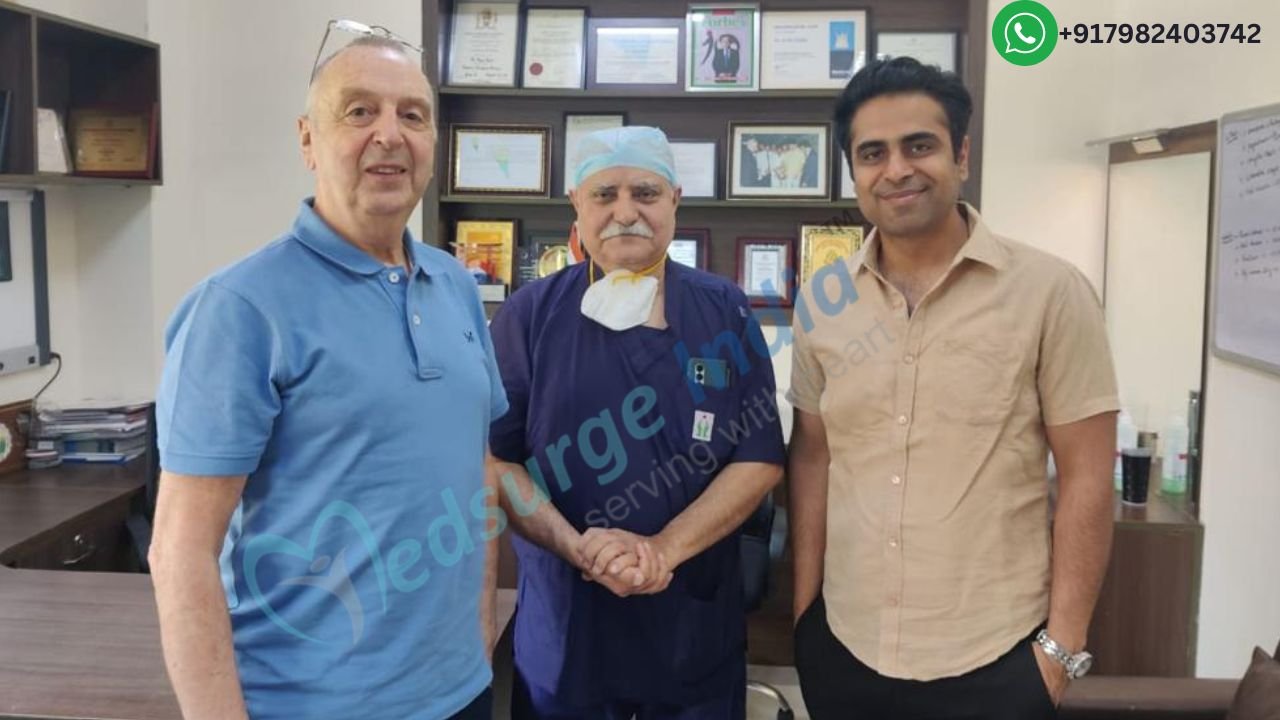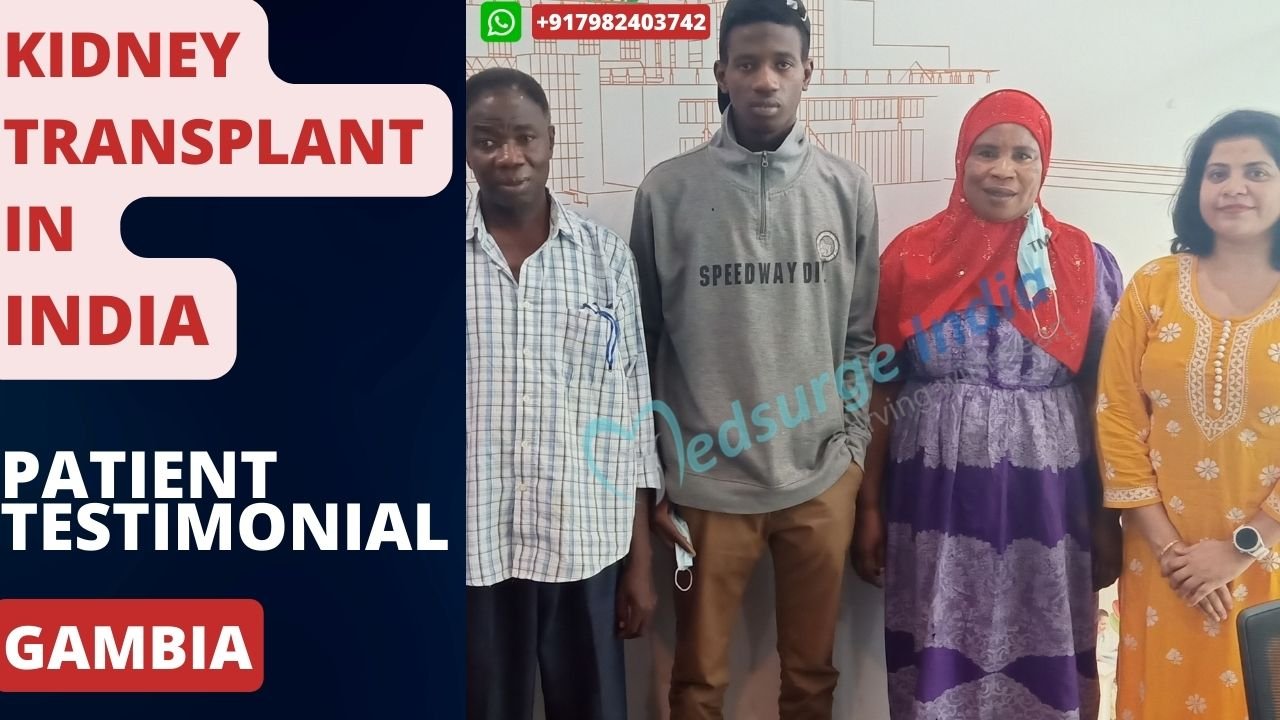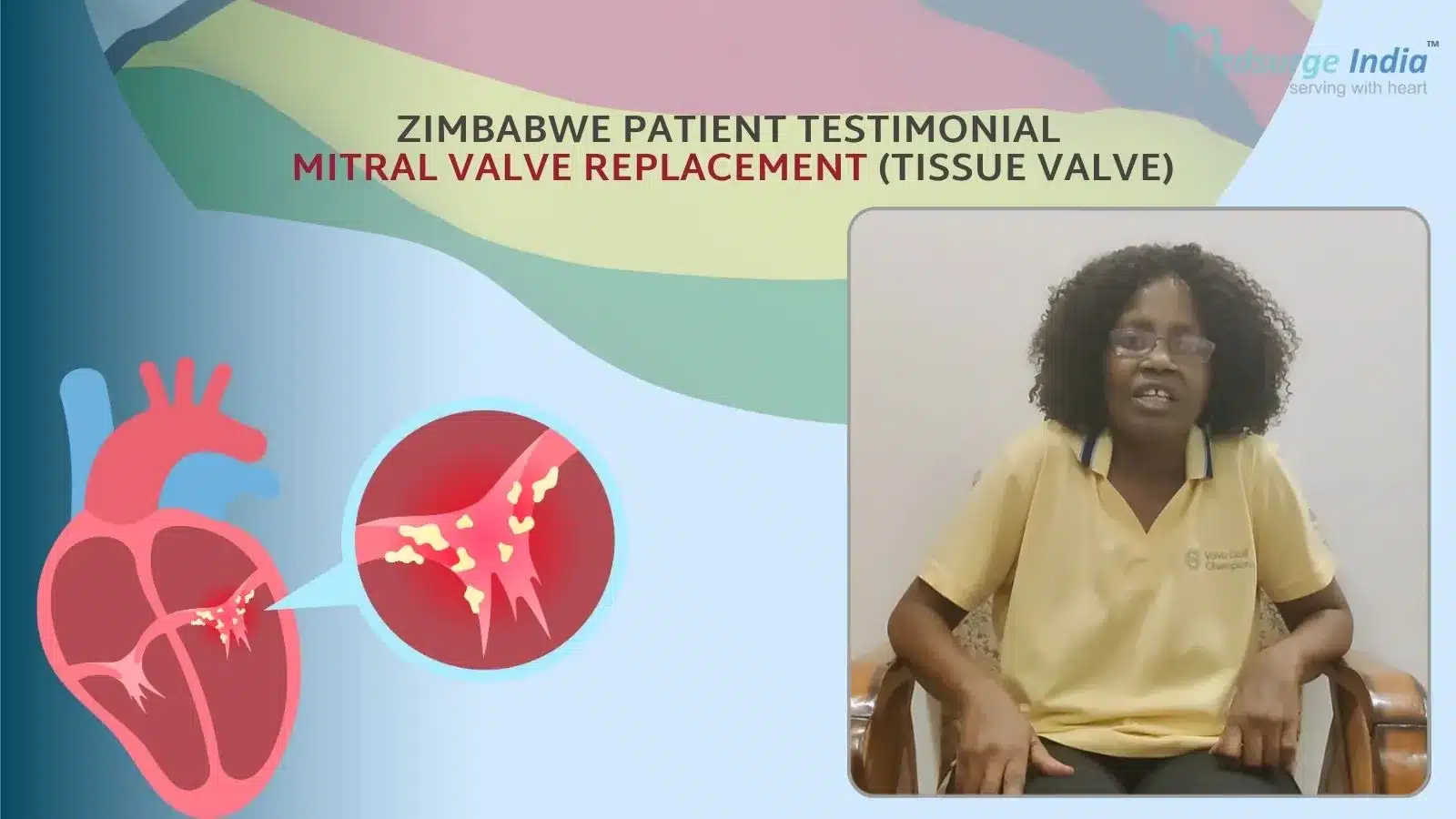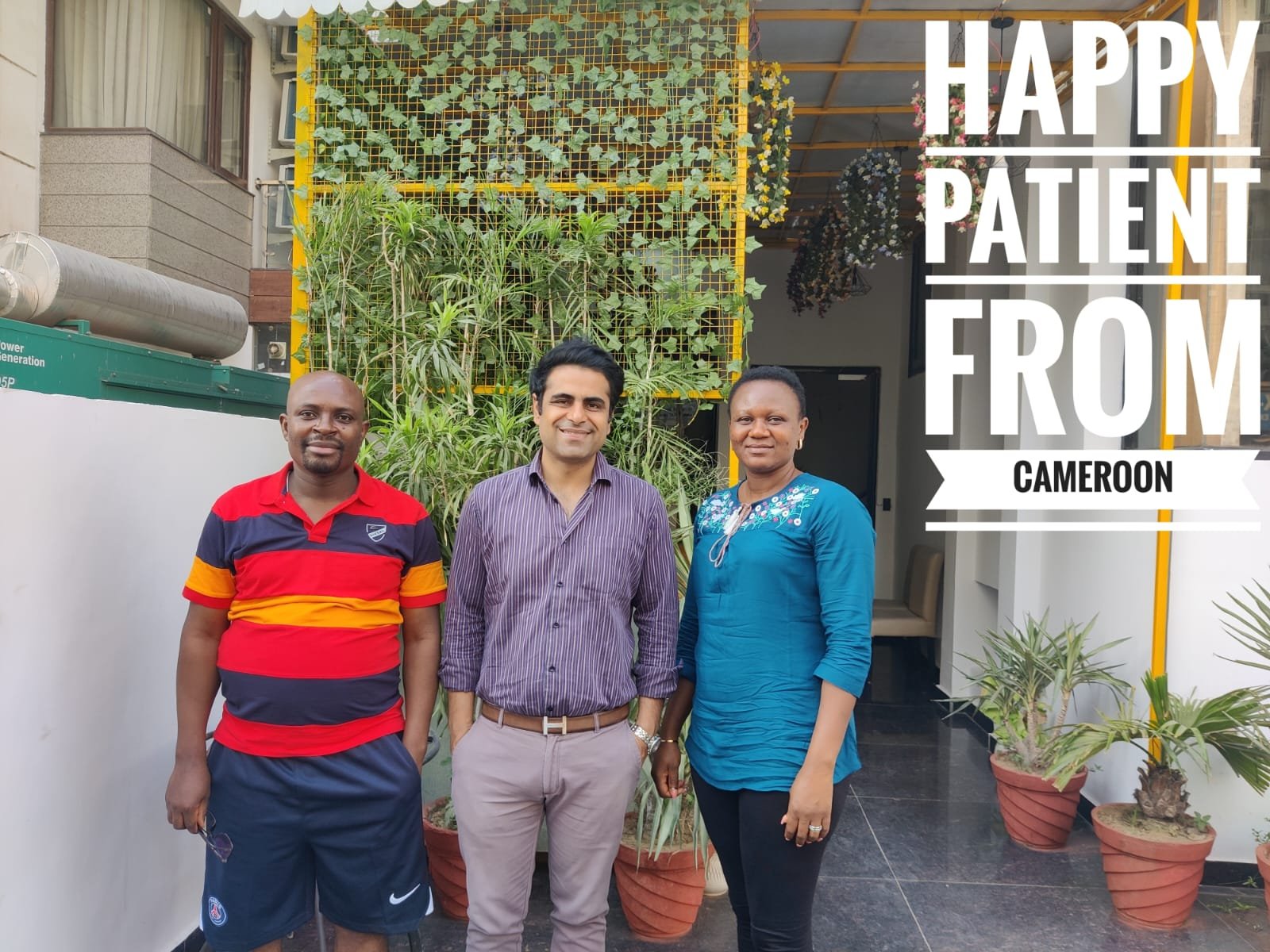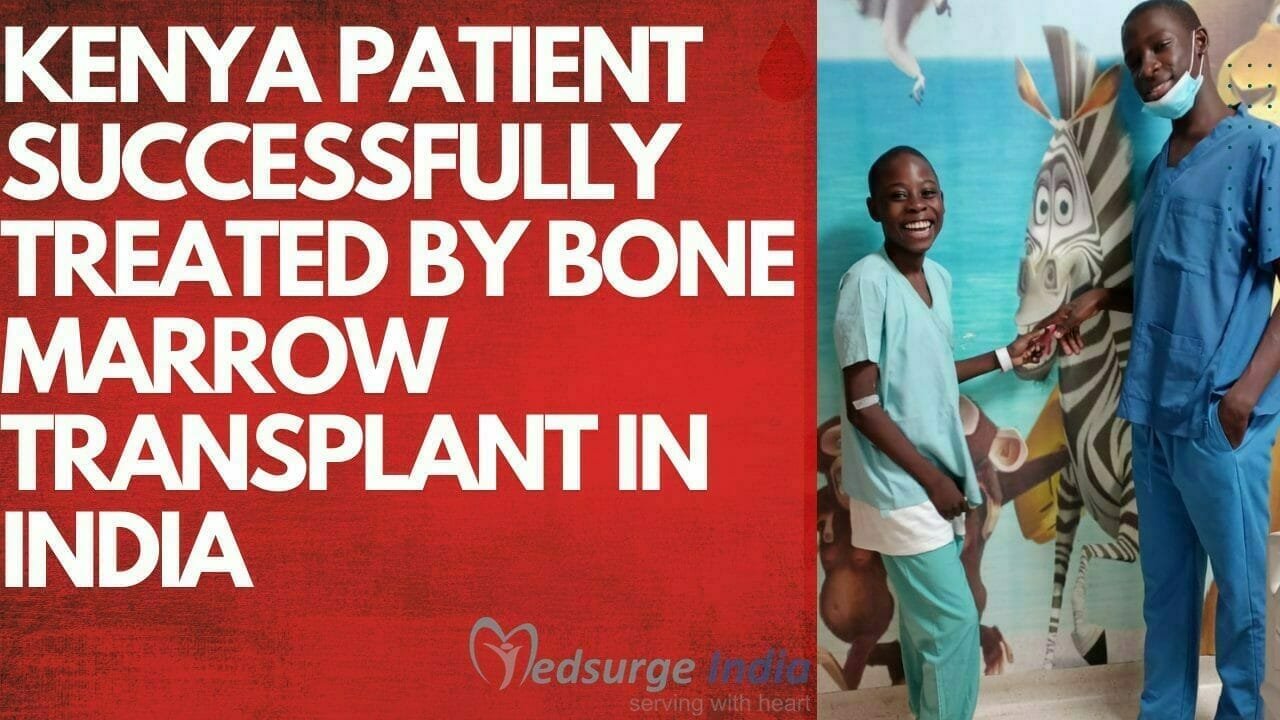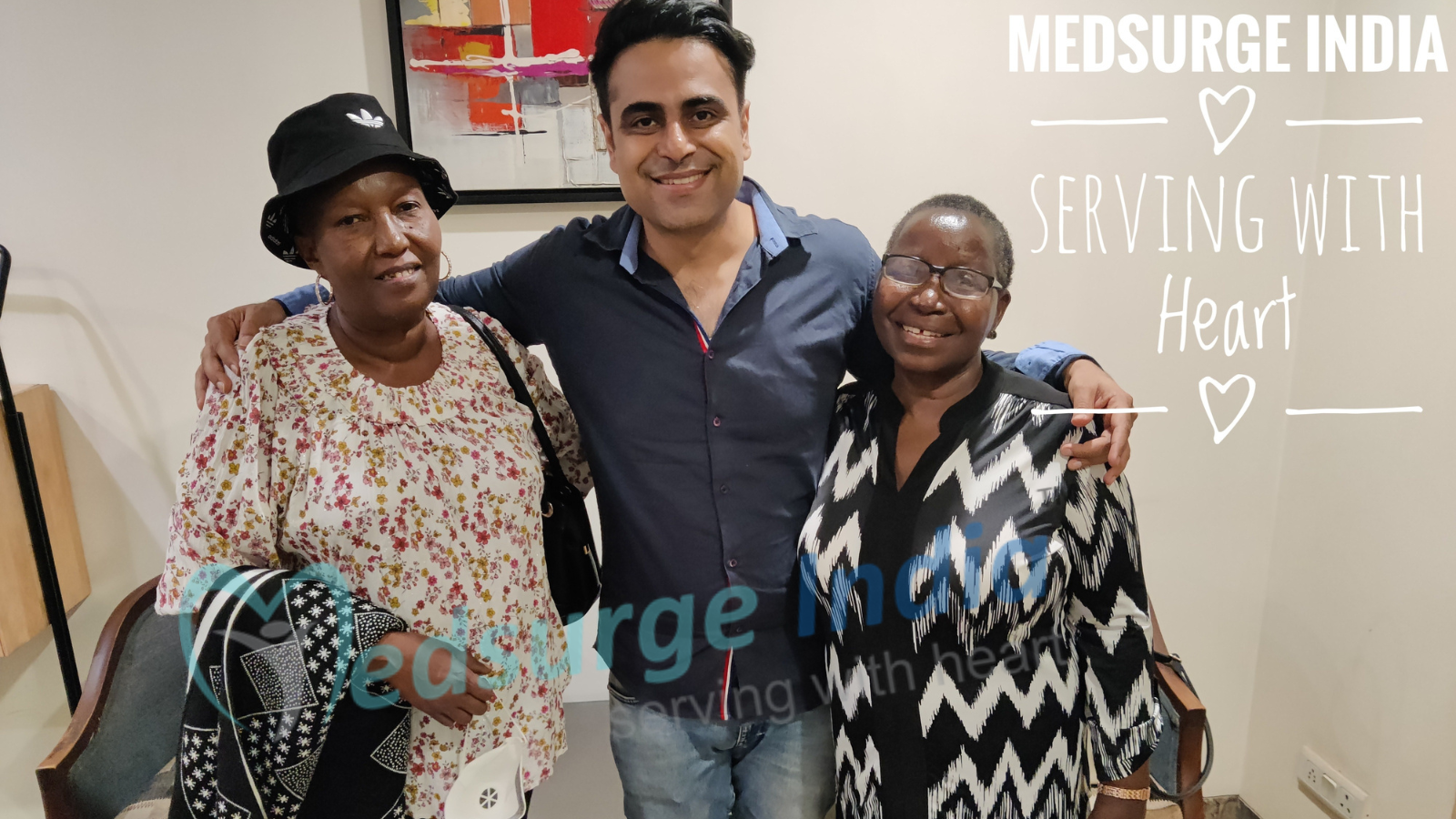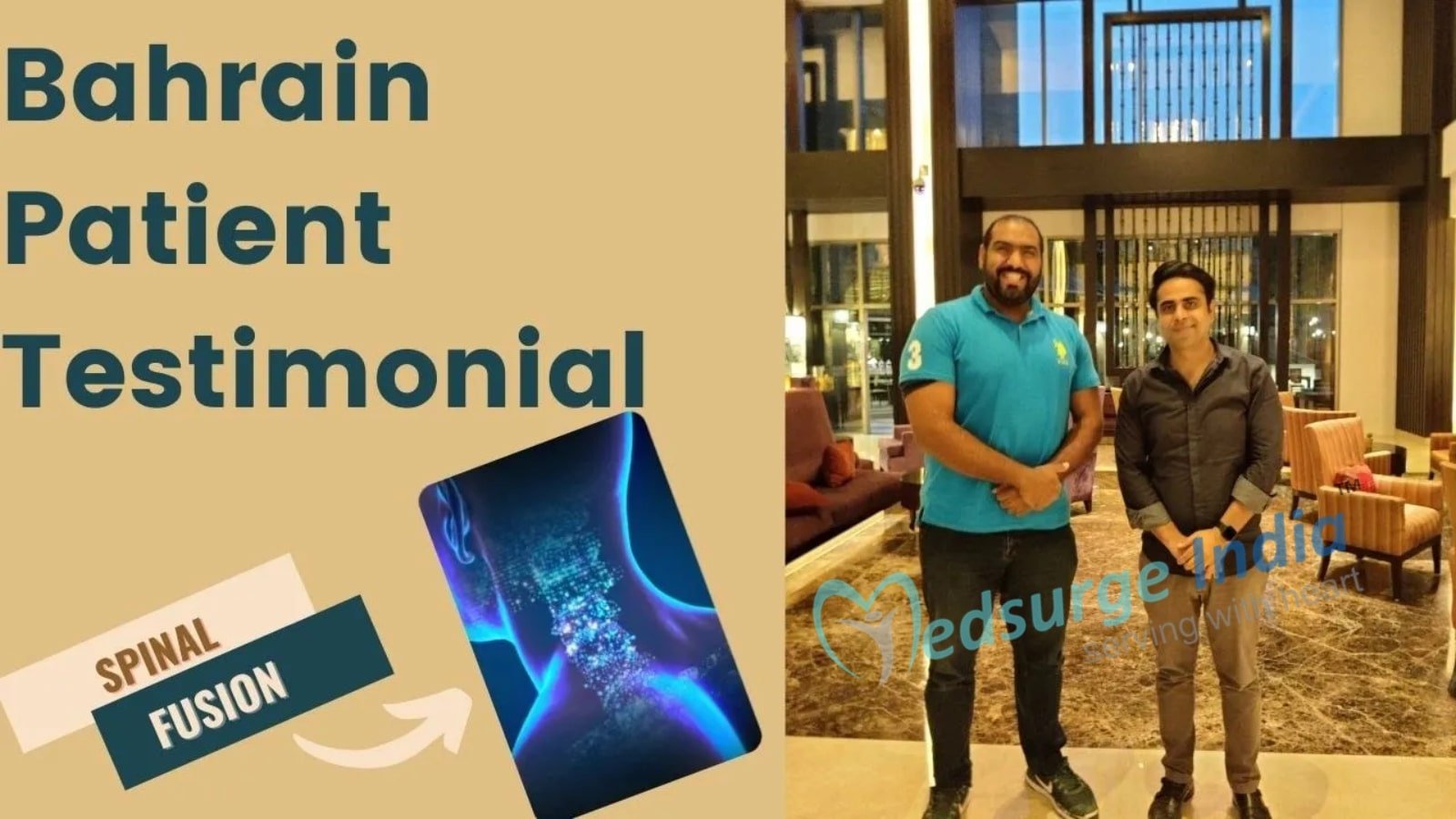
The heart is the pumping plant of the body that pushes the blood through the body. Its circulatory system provides oxygen together with other nutrients to the cells and removes carbon dioxide along with different wastes.
To put it, the heart assists in maintaining the body cells alive and active by supplying them with nourishment and oxygen, or they will perish. Thus, any matter with cardiovascular wellness has to be given tremendous significance.
We must make heart health our priority. Fortunately, India has a stellar reputation for highly advanced treatments for heart ailments. At the same time, treatment options are also affordable in India. Even complex procedures like heart implants and heart transplant costs are affordable in India if compared to other western countries.
Types of Heart Implants
They might also work as a transition into a more invasive treatment program, like a heart transplant. The most frequent heart implants utilized are:
Heart Pacemakers
These are the most common implants that are used. It’s an internal monitoring system for the heart that measures the
- Electrical activity
- Beating pattern
- Heart rate
- Blood temperature
Pace manufacturers are recommended when an individual undergoes arrhythmia or irregular heartbeat. This suggests that the heart is beating in routines that are too fast, too slow, or irregular.
Process: it’s surgically placed into the stomach or chest. The process is done under general anesthesia.
- The surgeon inserts the little device and its own battery pack below the epidermis. A cable is then going to be threaded through the veins and upward to the center.
- The process might take several hours, and mostly an overnight hospital stay is recommended.
Ventricular Assist Device
It’s a temporary measure that is used to prevent end-stage heart failure. This device can also be known as a left ventricular assist device (LVAD), as it assists perform the task of the heart’s left ventricle.
Recommended: Individuals on the list for a heart transplant may require an LVAD to execute the job their heart is too weak to do.
Process: An open–heart operation is done to implant the LVAD.
- The patient is put on a ventilator and heart-lung system while the unit is implanted into the chest cavity.
- The patient is advised to remain in the intensive care unit right after the operation.
Implantable CardioverterDefrrillator
ICD is quite much like Pacemaker. It’s used in the treatment of arrhythmia.
Recommended: It’s mostly recommended in patients that have experienced episodes of Ventricular Fibrillation (VF)
Process: A implanted defibrillator provides an electric current to the heart to restart the human muscle in case of VF or alternative kinds of arrhythmia.
- An ICD is implanted under the skin, normally in the region below the collarbone or the abdomen.
- Wires are threaded by the ICD battery package within the heart muscle.
Heart Implants Cost in India
Heart Implants Cost in India between Rs. 9 Lakh to Rs. 17 Lakh (10,800 USD to 20000 USD). For Heart Implants in India, the expenses are subject to variation based on the patient’s condition and the specific treatment approach chosen by the doctor following the results obtained.
Heart Implants Cost in Various Cities in India
| Cities | Starting Cost (USD) |
| Delhi | 10,500 USD |
| Gurgaon | 10,000 USD |
| Noida | 9,000 USD |
| Mumbai | 10,800 USD |
| Hyderabad | 10,000 USD |
| Chennai | 11,000 USD |
| Kolkata | 9000 USD |
| Bangalore | 11,000 USD |
Please note that the pricing and the treatment for Heart Implants cost in India will vary depending on the patient’s choice and other various factors.
Factors That Can Affect Heart Implants Cost in India
The following here are some variables that can affect Heart Implants Cost in India:
- Medication costs.
- Duration of treatment.
- Geographical location.
- Hospitalization expenses.
- Government policies and subsidies.
- Medical tourism packages.
- Hospital reputation and infrastructure.
- The expertise and experience of medical professionals.
- The type and frequency of diagnostic procedures.
- The choice of treatment modality.
In addition, the quality and level of medical care and facilities offered are on par with renowned healthcare institutions worldwide, even after factoring in the costs of accommodation, meals, and transportation. Moreover, under the guidance of highly proficient doctors, Medsurge India ensures that patients receive the most affordable Heart Implants Cost in India.
Get Free Cost Estimation
Procedure
Factors Affecting the Heart Implants Cost
Following are the factors which will affect the treatment cost:
- The hospital patient is opting for
- Room–
- Standard single room, deluxe room, super deluxe room for the number of nights specified (including nursing fee, meals, room rate, and room service)
- Operating room, ICU
- Fee for the team of doctors (Surgeons, Anesthetist, Physiotherapist)
- Medicines
- Standard test and diagnostic procedures
- Cost of Implant, this will also depend on the type of implant
- Pacemaker implant single /double chamber(will also depend on patients condition also)
- ICD combo implant
- Pacemaker installation cost
The Most Important Frequently Asked Questions
Q: Are There Any Lifestyle Limitations When These Devices Are Implanted?
A: There are particular limits in the first few months or weeks following the devices are put until everything is cured. At any moment, electric fields or strong magnetic fields may influence the apparatus.
Q: How Reliable Are These Devices?
A: These devices are exceptionally trustworthy. The device often needs to be programmed into the individual’s requirements, the medical situation along with the circumstance.
Q: What Powers These Devices?
A: A premium excellent battery, the lithium-ion battery is used. This battery works out gradually. There’s a stage ahead of the battery fails, but it offers the physician a few months to determine what to do. The battery’s energy source does work out, and it may change based on the sort of apparatus –some apparatus will last possibly five decades, maybe ten decades and a few people today get more life from it and some get less, based on the scenario and just how much they use it.
Q: What We Do When the Battery Reaches Its End of Life?
A. When the battery reaches its end of life, then the doctor opens up the pocket where the device is located. This is under the skin, and the leads are unscrewed. Then a new device is plugged in and the skin is closed up.
Q: Will a Patient Outgrow the Need for These Devices?
A: For the majority of the folks, the apparatus is going to be necessary for the remainder of their life. There are particular people who might find a device for prophylactic purposes, or for any reason that the illness resolves.
Top Hospitals for Heart Implants in India
Top Doctors for Cardiology And Cardiac Surgery
Hitesh Gurjar
Consultant
Experience: 34 years of experience
Ivy hospital, Nawanshahr
Chandigarh, India
Dr. Pawan Kumar
Associate Director
Experience: 24 years of experience
Max Super Speciality Hospital, Patparganj, New Delhi
New Delhi, India
Dr. Vijaya Parmar
Consultant
Experience: 16 years of experience
Kokilaben Dhirubhai Ambani Hospital Mumbai
Mumbai, India
Dr. Anil Bhan
Chairman
Experience: 38 years of experience
Medanta - The Medicity, Gurgaon
Gurgaon, India
Dr. Rajesh T R
Senior Consultant
Experience: 26 years of experience
Kauvery Hospitals, Electronic City, Bangalore
Bangalore, India
Dr. P Sridhar
Consultant
Experience: 10 years of experience
Medicover Hospital, Hitec City
Hyderabad, India
Dr. Balram Airan
Director
Experience: 40 years of experience
Fortis Memorial Research Institute, Gurgaon
Gurgaon, India
Dr. Salil Garg
Head of Department
Experience: 28 years of experience
Venkateshwar Hospital, New Delhi
New Delhi, India
Dr. Sanjeev Kumar Khulbey
Senior Consultant
Experience: 25
Apollo Hospitals, Jubilee Hills Hyderabad
Dr. Chinnaswamy Reddy H M
Chief
Experience: 11 years of experience
Rainbow Children’s Hospital, Hyderabad
Hyderabad, India
Dr. Prabhakara Shetty Heggunje
Chief Cardiac Surgeon
Experience: 35 years of experience
Manipal Hospital Formerly Columbia Asia Referral Hospital, Bangalore
Bangalore, India
Dr. Dhiman Kahali
Director
Experience: 33 years of experience
BM Birla Heart Research Centre Kolkata
Kolkata, India
Dr. Raghavendra Chikkatur
Consultant
Experience: 27 Years of Experience
BGS Gleneagles Global Hospital, Bangalore
Bangalore, India



